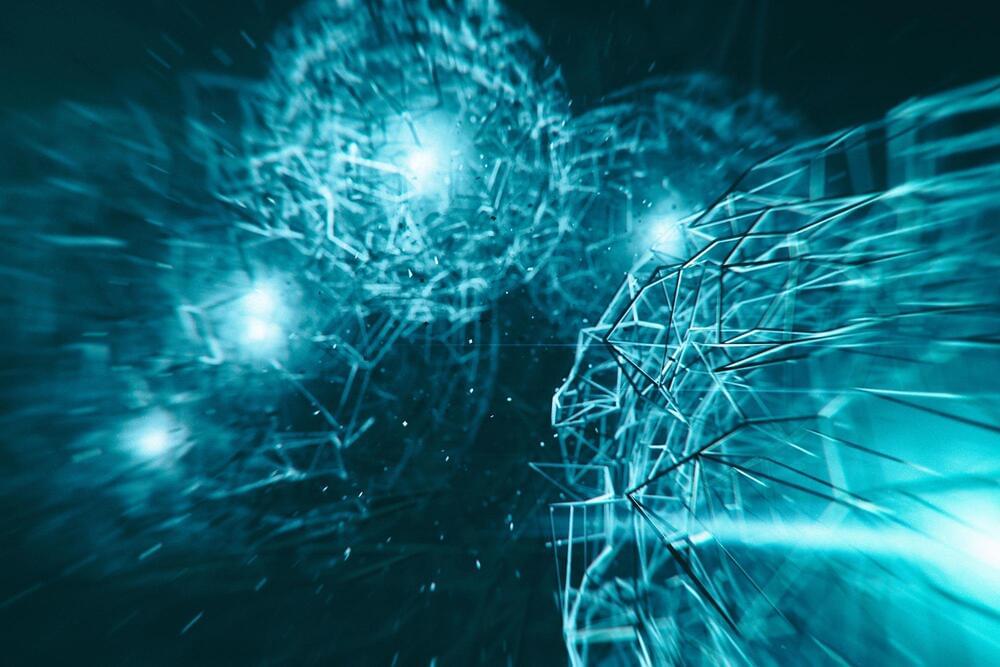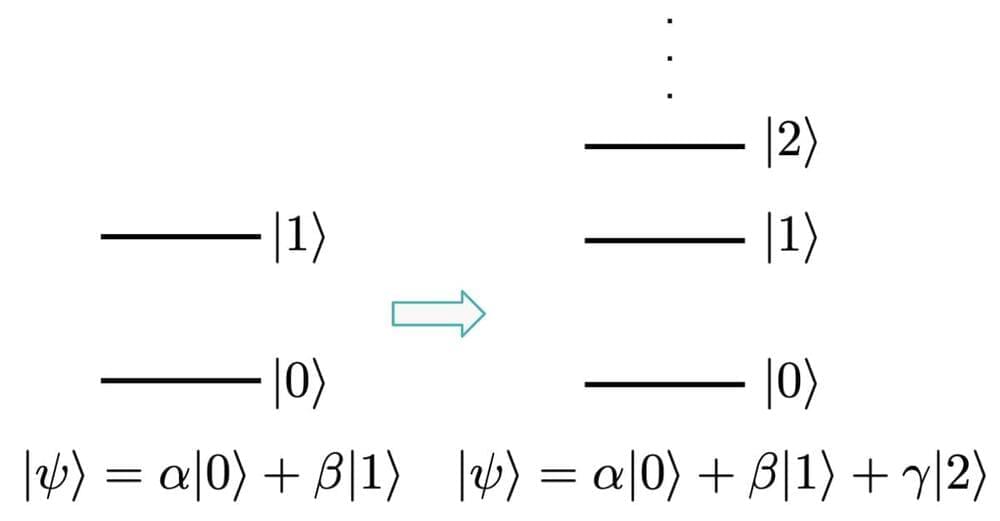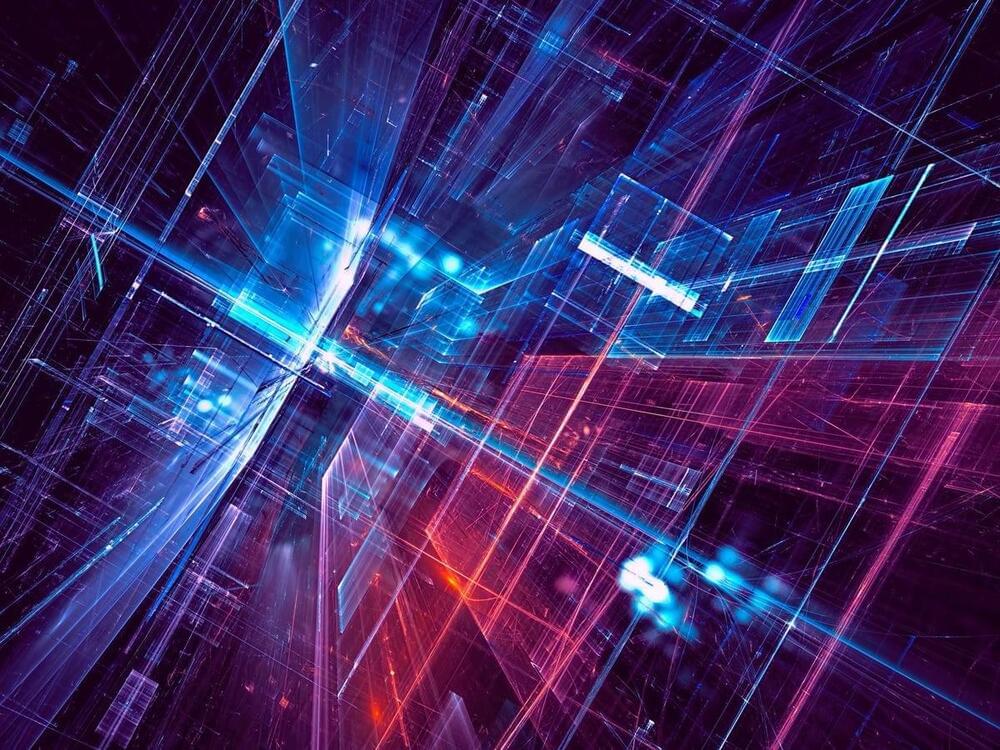Dec 19, 2021
Important Milestone Reached in Quantum Computing With Error Correction
Posted by Quinn Sena in categories: computing, quantum physics
“Until now researchers have encoded and stabilized. We now show that we can compute as well.”
Researchers at QuTech—a collaboration between the TU Delft and TNO—have reached a milestone in quantum error correction. They have integrated high-fidelity operations on encoded quantum data with a scalable scheme for repeated data stabilization. The researchers report their findings in the December issue of Nature Physics.
Physical quantum bits, or qubits, are vulnerable to errors. These errors arise from various sources, including quantum decoherence, crosstalk, and imperfect calibration. Fortunately, the theory of quantum error correction stipulates the possibility to compute while synchronously protecting quantum data from such errors.


















